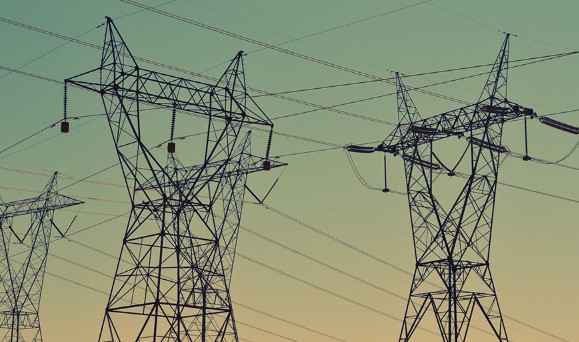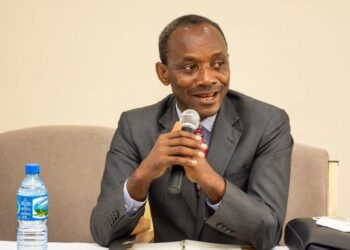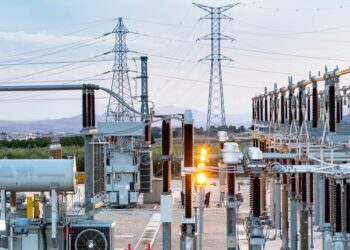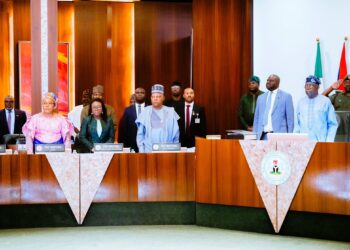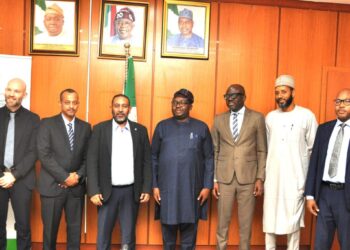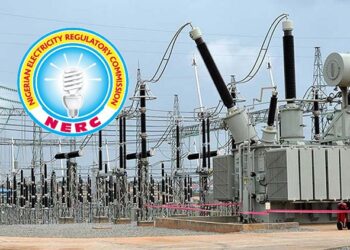The federal government has repeatedly stated its ambition to increase power generation in the national grid from approximately 4,500MW to an unprecedented 6,000MW by the end of 2024.
The Minister of Power, Adebayo Adelabu, mentioned that ramping up power generation is part of the sector’s plan to enhance the power supply across the country.
Adelabu noted that the country achieved a generation milestone of 5,000MW last month (May), attributing this accomplishment to the government’s efforts to revolutionize the power sector.
However, energy experts and key stakeholders in the sector believe that this ambitious goal of 6,000MW may not be the silver bullet for solving the country’s poor electricity supply.
In an exclusive interview with Nairametrics, Sam Amadi, the former chairman of the National Electricity Regulatory Commission (NERC), stated that generating 6,000MW of power will not ensure a steady power supply in the country.
Amadi said the national grid already generated 5,000MW as far back as 2016.
He noted that currently, the grid generates about 4,000MW so an additional 2,000MW will make little impact on power distribution across the country.
“To generate and supply 6,000MW by the end of 2024 is not a significant achievement considering that we achieved 5,000 at some point in 2016.
“Already we are doing about 4,000MW. So extra 2000MW is feasible with modest improvement in project management and leadership.
“Regular supply of 6,000MW will improve power supply but will not lead anyway close to adequate electricity,” Amadi told Nairametrics.
Moreover, Amadi is not the only one who holds this position.
Energy expert and senior partner at Bloomfield Law Practice, Ayodele Oni, said while 6000MW is feasible within the stipulated timeframe; there are other external factors to be considered through the whole power sector value chain, including generation, transmission and distribution.
“First of all, the installed generation capacity in Nigeria has generally been more than 6000MW. Even many generation companies have stated that their plants have the capacity to generate more. However, the issue is with the available capacity.
“The available capacity has often been affected by several factors including limited gas supply, load shedding, weak transmission and distribution infrastructure,” Oni said.
Generation alone is not sufficient
Furthermore, Oni explained that generation alone may not be sufficient as the federal government will require an investment drive to build infrastructure across the value chain to transmit as well as distribute.
For Oni, investment in each segment of the value chain is far more important than ramping up generation to 6,000MW since that is what will guarantee sustainable service delivery in the country.
“Apart from the generation sector, it is very key for the country to have solid investments in the transmission and distribution infrastructure to match up with the increasing generation capacity and the ability of the grid to wheel that electricity generated.
“Investments in the gas sector is also paramount as most plants in Nigeria are gas-fired,” Oni told Nairametrics.
In her remarks, Ifeoma Malo, founder and CEO of Clean Technology Hub, added that the federal government need to engage the private sector in driving investment in the sector.
She also advocated for an Infrastructure fund to be established by the government targeted at development in the power sector.
“The establishment of a dedicated fund for power infrastructure development purposes
“Incentives should be provided to clean energy projects, in order to broaden energy sources
“Public-private partnership could be taken up that encourages more private sector investments,” Malo stated.
New Tariff as Investment Drive
Speaking further, Amadi said the new tariff system can be seen as an investment drive to help finance the network maintenance across the power sector.
The former chairman of NERC explained that tariffs will provide the much-needed liquidity in the sector, and if invested in the right places, that can translate to improvement in electricity supply in the country.
He also added that the Siemens project can also contribute to financing the sector.
“The new tariff although harsh on customers will add extra liquidity to the industry and perhaps help to finance improvement on network maintenance which will lead to some improvement in power supply.
“May be the Siemens deal will add to network improvement. Those are the two principles forms of investment capital for the sector,” Amadi said.
What you should know
- Nigeria’s power sector faces multifaceted challenges, resulting in poor electricity supply in the country.
- Currently, the national grid generates about 4,500MW of electricity for over 200 million people.
- South Africa, a smaller country than Nigeria in terms of population, generates about 50,000MW of electricity to service about 59 million people.
- While the Minister of Power, Adebayo Adelabu, said his ministry’s goal is to achieve a 6,000MW capacity before the end of the year, many believe this might not have major significance on the power crisis in the country.
- For experts and stakeholders alike, Nigeria must address issues such as low incentives for investment, decentralization of the value chain as well energy theft and vandalization in the country, among others.

